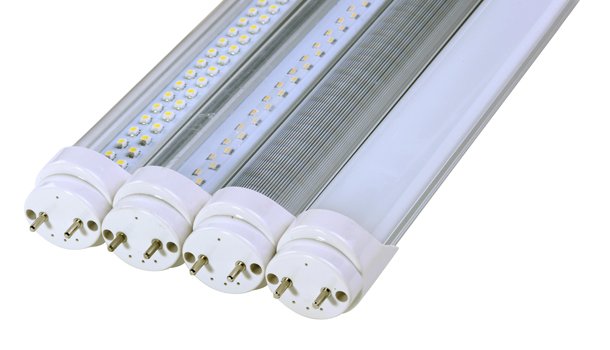Product Categories
- Slim Pot Light / Gimbals
- 2 Inch Pot Lights
- 3 Inch Pot Light
- 4 Inch Pot Light
- 6 Inch Pot Light
- 8 Inch Pot Light
- Gimbal
- Square Panel
- Surface/Flush Mount
- Disk Light
- Dual Ring
- Slim
- Premium Flush Mount
- Square
- Flat Panel
- 1x4 Flat Panel
- 2x2 Flat Panel
- 2x4 Flat Panel
- Garage light
- Emergency Lights
- Exit Sign
- Double Head
- Single Head
- High Bay
- Linear High Bay
- LED UFO High Bay
- Linear Fixture
- Exterior Lights
- Area-Parking
- Flood Light
- Wall packs
- Canopy Light
- Motion Security Lights
- Lamps/Tubes
- LED Lamps
- LED Corn Lamps
- LED Tubes
- Filament Lamps
- Electrical
- Circuit Breakers
- Electrical Boxes
- Tools
- Pendant Light
- Wiring Devices
- Vapor Barrier
- Ventilating Fans
- Fire Safety Alarm
- Under Cabinet
- Decorative Lights
- Ceiling/Wall Mount
- LED Chandelier
- LED Fans
- LED Mirrors
- Track Light
- Vanity Light
- EV Chargers
- LED Modules






